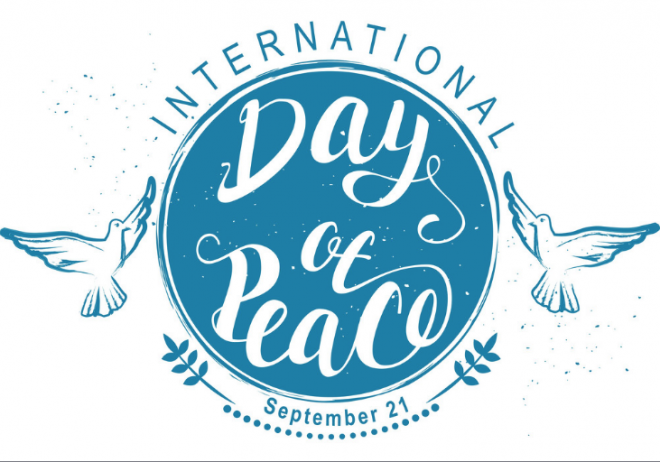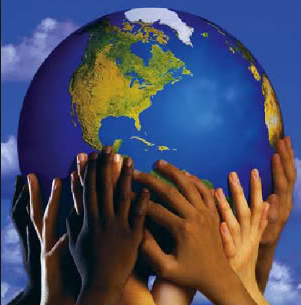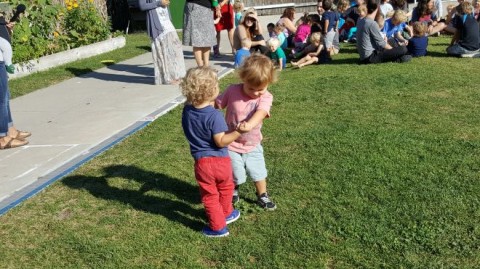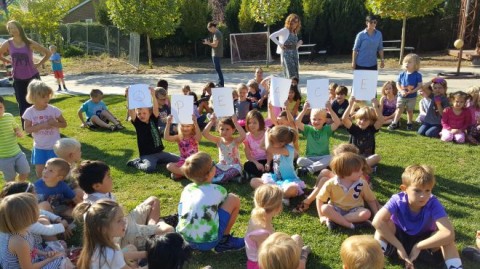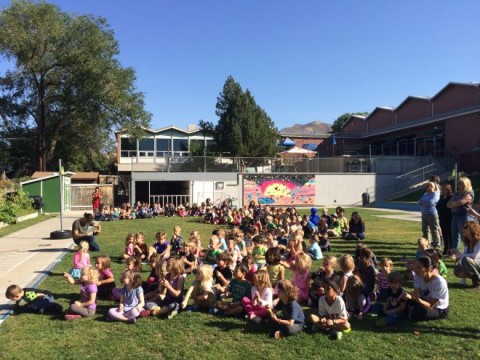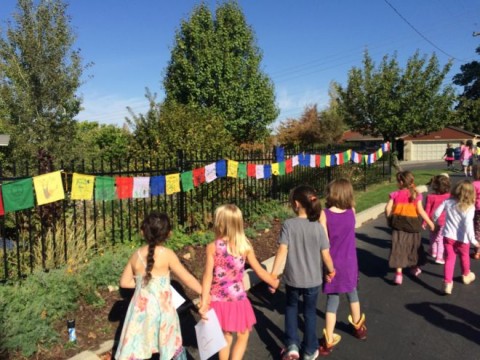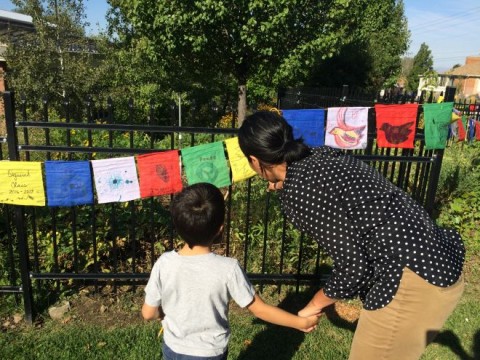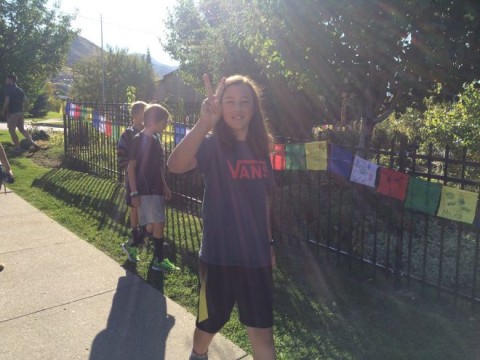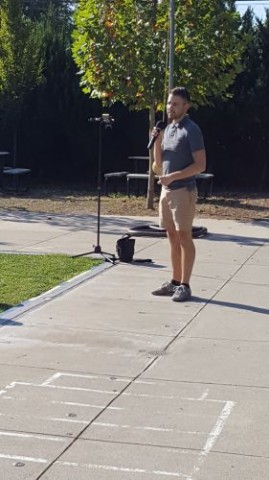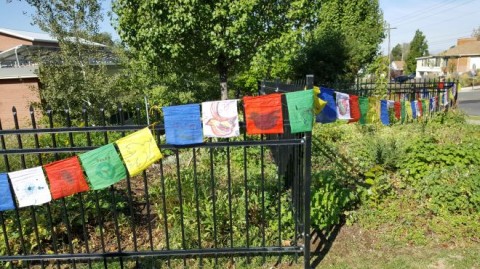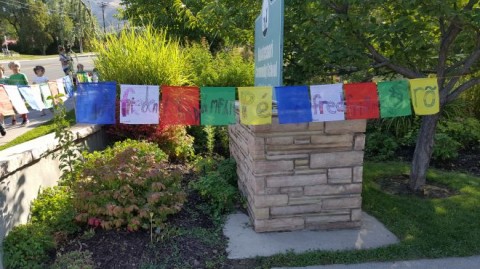International Peace Day
Each year, the students of MCS celebrate the International Day of Peace with our Silent Peace Walk. The International Day of Peace, sometimes unofficially known as World Peace Day, is observed annually on the 21st of September. It is dedicated to world peace and specifically the absence of war and violence. The day was first celebrated in 1982, and is kept by many nations, political groups, military groups, and peoples. In 2013, for the first time, the Day was dedicated by the Secretary-General of the United Nations to peace education, an obvious key beginning to peace for our world’s future.
To inaugurate the day, the United Nations Peace Bell is rung at UN Headquarters in New York City. The bell is cast from coins donated by children from around the world, and was a gift from the United Nations Association of Japan. There is an inscription on the side of the bell that reads, “Long live absolute world peace”.
Maria Montessori is well known for her advocacy of peace education and was quoted saying, “Education is the best weapon for peace.” She was nominated three times (1949, 1950 and 1951) for the Nobel Peace Prize and her legacy lives in the hearts of Montessori Schools world-wide.
At MCS we relish the opportunity to begin each new school year with an emphasis on Peace. Our Peace Curriculum is a valued and dynamic piece to our authentic Montessori curriculum. In recent years, it has become a school tradition for the students and staff to decorate prayer flags and then walk peacefully as a community around our campus and to the front of the school where the flags are hung to show the larger Utah community our continued commitment to inner, community, and world peace. The only difference this year is that we shall stagger the walk times of each class so as to enable physical distancing.

Students at MCS begin early on learning the tools for finding personal peace and the value of peaceful relationships when they are given a lesson on the use of a “peace table.” The peace table or shelf is an area in the classroom where books and pictures are found that educate the child, at the appropriate age level, about peace educators and other aspects that support their personal education. Oftentimes, you will also find activities that allow a child to turn inside themselves and teach meditation. Students also learn about peaceful conflict resolution. This is taught throughout our Grace and Courtesy lessons as children learn by example, are introduced to objects that act as a “talking stick”, and discussion is supported in class meetings.
We are honored to support Montessori in her desire to teach peace to children around the world and hope you will take the time to view the peace flags created by our students and staff. The flags will remain on display in the outdoor classroom through the end of the week; you are welcome to admire the flags and have your child show you theirs.
“Averting war is the work of politicians; establishing peace is the work of education.”Maria Montessori
